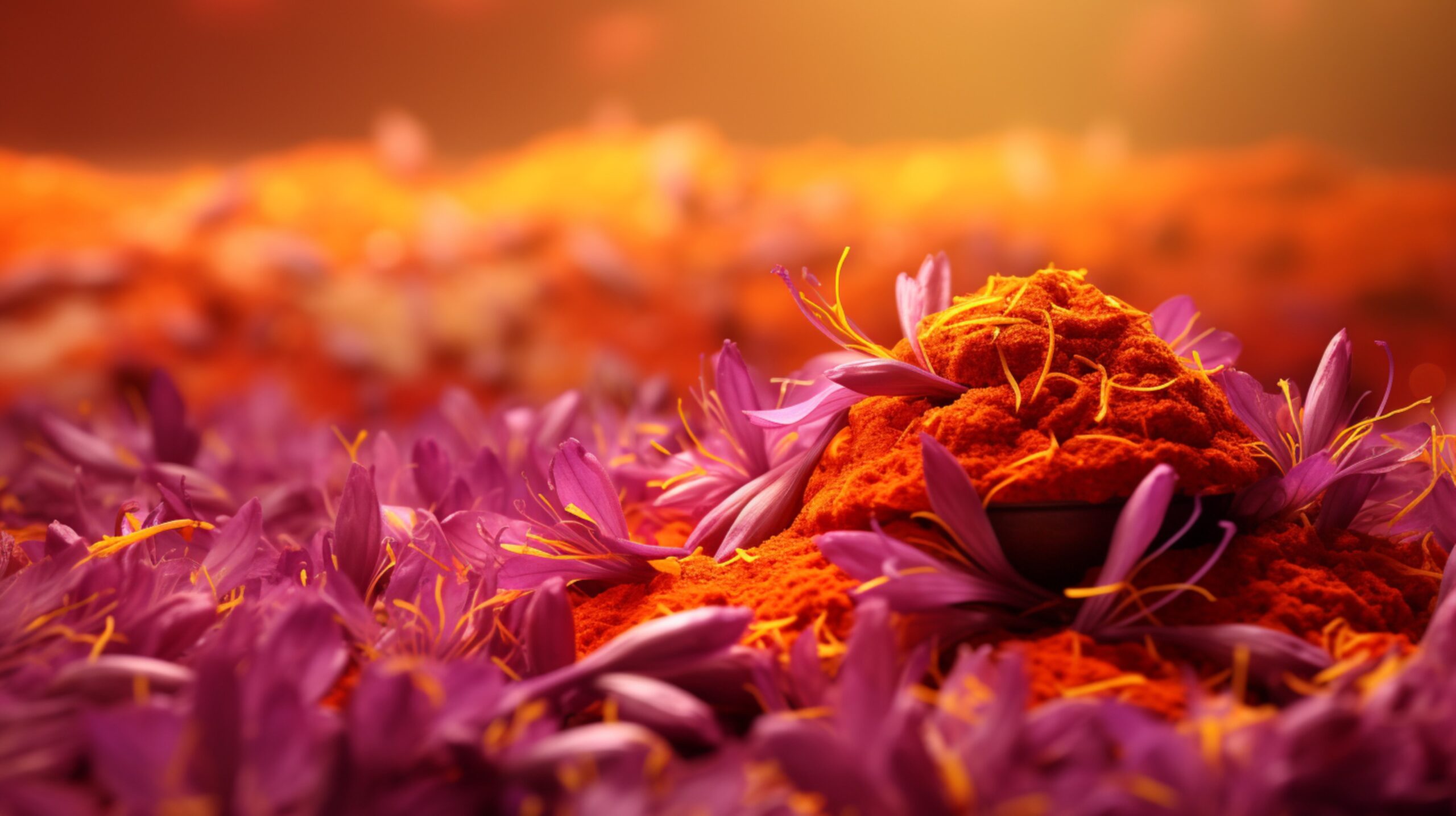
Article: The Wonders of Saffron: Nature’s Precious Spice
Introduction to Saffron
Saffron, often referred to as the "golden spice," is derived from the flower of Crocus sativus, commonly known as the saffron crocus. This exquisite spice is highly valued not just for its vibrant color and distinct flavor, but also for its myriad of health benefits. Gathered by hand, it takes approximately 150,000 flowers to produce just one kilogram of saffron, making it one of the most expensive spices in the world.
Historical Background
Saffron has a rich history that dates back over 3,000 years. It was utilized in ancient cultures, including
the Egyptians, Greeks, and Romans, for various purposes including cooking, medicinal use, and even
rituals. Its luxurious status has rendered it a symbol of wealth and sophistication throughout the ages.
Culinary Uses
Saffron is prized in culinary traditions across the globe. Here are some popular uses:
Flavor Enhancer: Its unique, earthy flavor elevates dishes such as paella, risotto, and various rice dishes.
Coloring Agent: Saffron imparts a beautiful golden hue to food, making dishes visually appealing.
Beverages: It is used in tea and traditional drinks, often for its aromatic properties.
Health Benefits of Saffron
1. Rich in Antioxidants: Saffron is packed with powerful antioxidants, including crocin, crocetin, and safranal, which help protect the body from oxidative stress and free radical damage.
2. Mood Booster: Studies suggest that saffron may have antidepressant properties that can help improve mood and alleviate symptoms of depression and anxiety.
3. Supports Eye Health: The antioxidants in saffron have been linked to improved eye health, including the potential to protect against age-related macular degeneration (AMD).
4. Menstrual Regulation: Saffron has traditionally been used to alleviate menstrual discomfort and regulate cycles.
5. Cognitive Function: Preliminary research indicates that saffron may support memory and cognitive function, potentially benefiting those at risk for age-related cognitive decline.
How to Use Saffron
Infuse it: Soak a few strands of saffron in warm water or broth to extract its flavor and color before adding it to dishes.
Add it directly: Use saffron threads while cooking rice, soups, or sauces for a rich flavor and color.
In beverages: Add saffron to milk or tea for a soothing drink.

Choosing and Storing Saffron
When purchasing saffron, look for deep red strands that are aromatic with a slightly sweet scent. Avoid saffron that is pale or has a strong perfume-like odor, as this could indicate poor quality or adulteration. Store saffron in an airtight container in a cool, dark place to preserve its potency.
Conclusion
Saffron is not just a seasoning; it's a treasure trove of flavor and health benefits. While it’s one of the most expensive spices, its unique characteristics and culinary versatility make it worth the price for those seeking to enhance their dishes and well-being. Whether you use it to brighten a meal or for its therapeutic properties, saffron truly embodies the essence of nature’s luxury.

